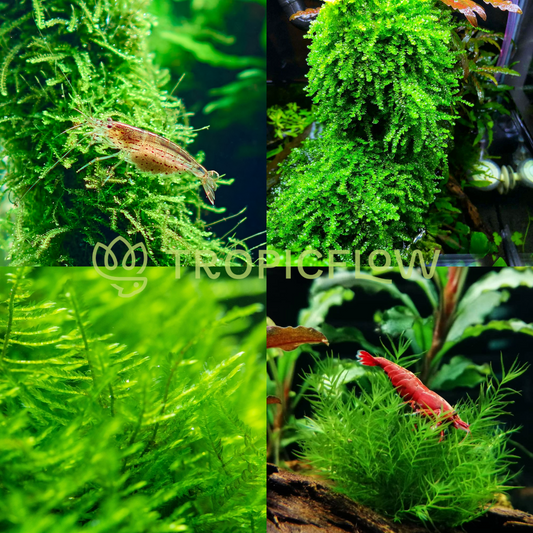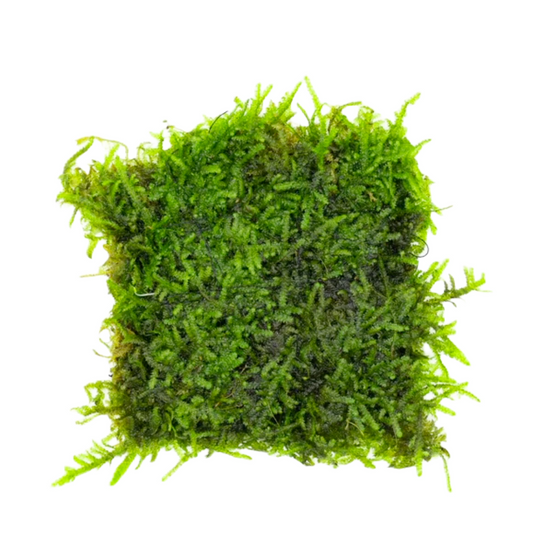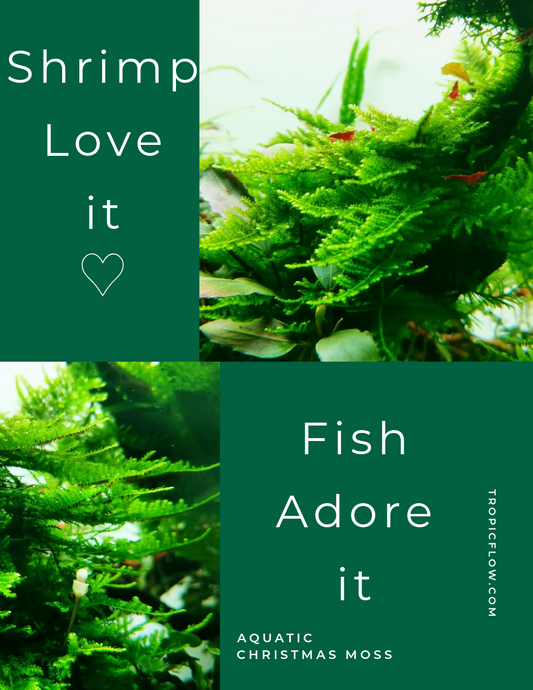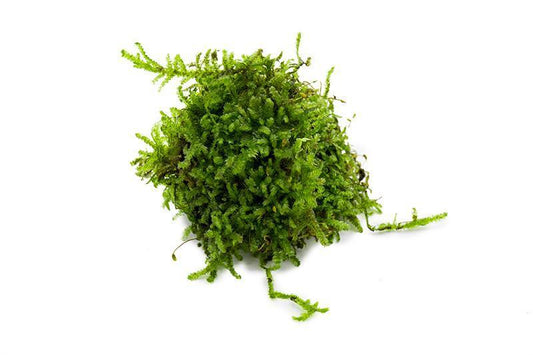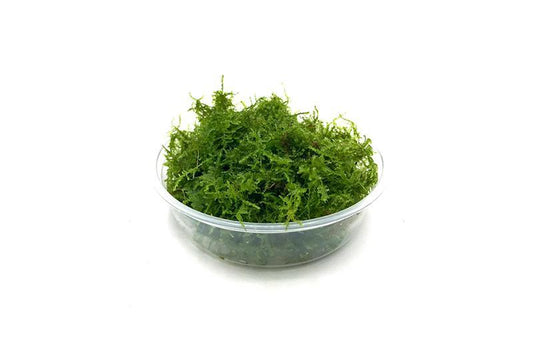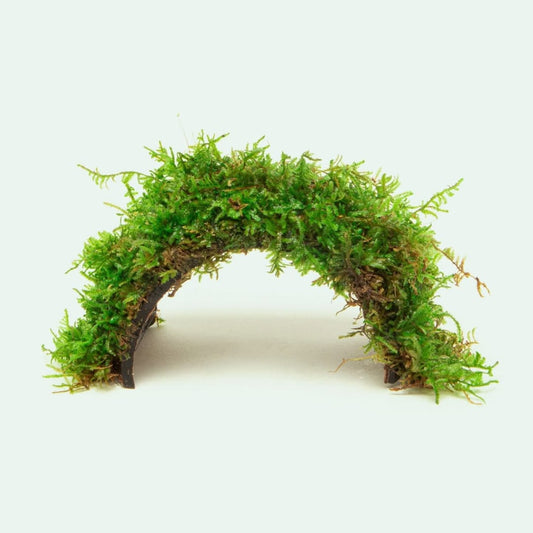Aquatic Mosses Paradise
-
Dream Mosses Pack - Save on Vibrant Aquarium Moss
Vendor:Tropicflow's Aquatic PlantsRegular price From $69.99 USDRegular priceUnit price per -
Christmas Moss on Stainless Steel
Vendor:Tropicflow's Aquatic PlantsRegular price From $12.99 USDRegular priceUnit price per -
Mini Christmas Moss on Stainless Steel
Vendor:Tropicflow's Aquatic PlantsRegular price From $14.99 USDRegular priceUnit price per -
Flame Moss on Stainless Steel
Vendor:Tropicflow's Aquatic PlantsRegular price From $24.99 USDRegular priceUnit price per -

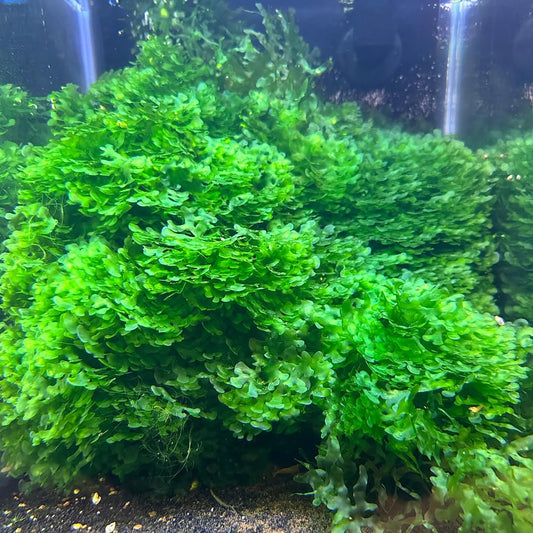 Sold out
Sold outSubwassertang Moss
Vendor:Tropicflow's Aquatic PlantsRegular price From $9.99 USDRegular priceUnit price per -
Christmas Moss
Vendor:Tropicflow's Aquatic PlantsRegular price From $8.99 USDRegular priceUnit price per -
Flame Moss
Vendor:Tropicflow's Aquatic PlantsRegular price From $19.99 USDRegular priceUnit price per -
Weeping Moss
Vendor:Tropicflow's Aquatic PlantsRegular price From $15.99 USDRegular priceUnit price per -

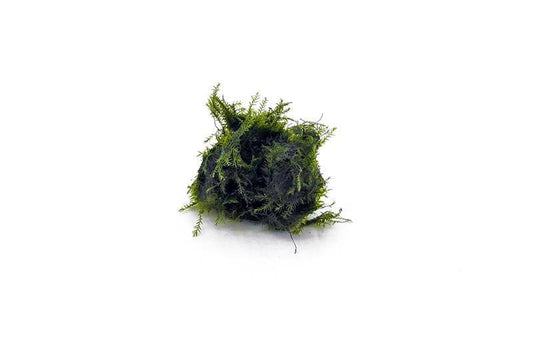 Sold out
Sold outPhoenix Moss (Fissidens Fontanus)
Vendor:Tropicflow's Aquatic PlantsRegular price From $14.99 USDRegular priceUnit price per -
Mini Christmas Moss
Vendor:Tropicflow's Aquatic PlantsRegular price From $7.99 USDRegular priceUnit price per -
Peacock Moss
Vendor:Tropicflow's Aquatic PlantsRegular price From $14.99 USDRegular priceUnit price per -

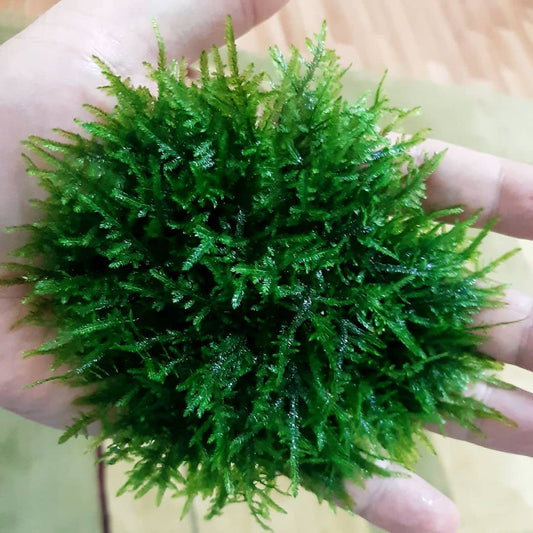 Sold out
Sold outSpiky Moss
Vendor:Tropicflow's Aquatic PlantsRegular price From $9.99 USDRegular priceUnit price per -

 Sold out
Sold outWeeping Moss on Stainless Steel
Vendor:Tropicflow's Aquatic PlantsRegular price From $15.99 USDRegular priceUnit price per -
Christmas Moss on Coconut Shell Bridge
Vendor:Tropicflow's Aquatic PlantsRegular price From $12.99 USDRegular priceUnit price per -
Java Moss on Stainless Steel
Vendor:Tropicflow's Aquatic PlantsRegular price From $12.99 USDRegular priceUnit price per -

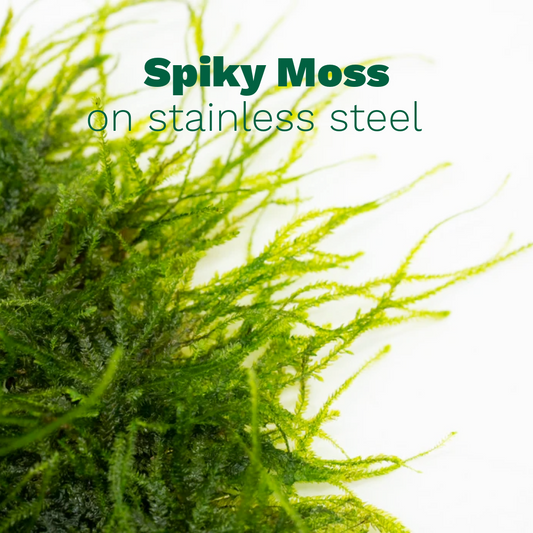 Sold out
Sold outSpiky Moss on Stainless Steel
Vendor:Tropicflow's Aquatic PlantsRegular price From $15.99 USDRegular priceUnit price per -
Phoenix Moss on Stainless Steel
Vendor:Tropicflow's Aquatic PlantsRegular price From $16.99 USDRegular priceUnit price per -

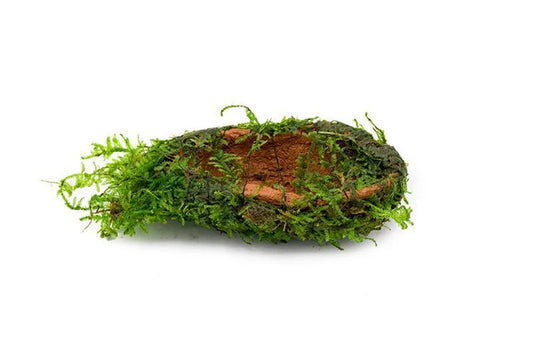 Sold out
Sold outChristmas Moss on Clay
Vendor:Tropicflow's Aquatic PlantsRegular price $9.99 USDRegular priceUnit price per
FAQs about the Aquatic Moss
Best Moss for Shrimp in Aquariums
The best moss types for shrimp are those that provide shelter, encourage breeding, and enhance water quality. Top options include:
- Java Moss: Easy to grow, offers excellent hiding and breeding spots.
- Christmas Moss: Dense and lush, perfect for shrimp shelter.
- Weeping Moss: Cascading growth creates an ideal environment for shrimp.
- Flame Moss: Unique upward-growing structure provides shelter.
- Fissidens Moss: Soft, feathery texture, gentle and decorative.
How Many Types of Aquatic Moss Are There?
There are numerous types of aquatic moss used in aquariums, with some of the most popular being:
- Java Moss (Taxiphyllum barbieri): A hardy and versatile option suitable for beginners.
- Christmas Moss (Vesicularia montagnei): Known for its tree-like, festive appearance.
- Flame Moss (Taxiphyllum sp. 'Flame'): Features upward-growing, flame-like structures.
- Weeping Moss (Vesicularia ferriei): Has a cascading growth pattern, ideal for creating a lush look.
- Fissidens Moss: A slow-growing moss with delicate, feather-like fronds.
- Taiwan Moss: Resembles Java Moss but has a finer texture.
- Peacock Moss: Displays a vibrant, blue-green coloration.
Each moss type has unique growth patterns and care requirements, allowing aquarists to customize their tank's appearance.
How to Tell When Moss Is Growing in Aquarium Water?
To know if moss is growing in your aquarium, observe the following signs:
- New Green Growth: Tiny green shoots appear on the moss, indicating healthy growth.
- Attachment to Surfaces: The moss starts to anchor itself to rocks, driftwood, or substrate.
- Lush Texture: Moss becomes denser and more vibrant in color over time.
- Water Clarity: Healthy moss promotes better water quality, reducing cloudiness.
Can Moss Balls Replace Plants in an Aquarium?
Moss balls, while beneficial, cannot fully replace live plants in an aquarium. They:
- Provide Oxygenation: Similar to plants, they contribute to oxygen levels.
- Absorb Excess Nutrients: Prevent algae blooms by consuming nitrates.
- Offer Minimal Shelter: Serve as hiding spots for small fish or shrimp.
However, traditional plants offer better oxygenation, shelter, and aesthetic diversity.
How to Grow Moss in an Aquarium?
Follow these steps to grow aquatic moss in your aquarium:
- Select the Right Moss: Java Moss, Christmas Moss, and Flame Moss are popular choices.
- Attach Moss: Secure moss to rocks, driftwood, or substrate using thread or aquarium-safe glue.
- Provide Light: Moderate lighting is essential, as too much light may encourage algae growth.
- Maintain Parameters: Keep water temperature (72–78°F) and pH (6.0–7.5) stable for optimal growth.
- Trim Regularly: Prevent overgrowth and promote healthy spreading.
How to Plant Java Moss in an Aquarium?
Java Moss is a versatile option. Here’s how to plant it:
- Prepare Moss: Rinse the moss to remove debris or pests.
- Choose a Surface: Attach to driftwood, stones, or let it float freely.
- Secure Properly: Use fishing line, mesh, or aquarium glue to fix the moss.
- Monitor Growth: Ensure sufficient light and clean water for healthy development.
Are Moss Balls Good for Aquariums?
Yes, moss balls offer several benefits for aquariums:
- Algae Control: Compete with algae for nutrients, reducing blooms.
- Water Purification: Absorb nitrates and improve water quality.
- Decorative Appeal: Add a natural, green element to your tank.
How Do Moss Balls Help an Aquarium?
Moss balls:
- Enhance Aesthetics: Create a natural look.
- Provide Shelter: Serve as hiding spots for small fish or shrimp.
- Filter Water: Absorb excess nutrients, maintaining balance.
Does Peat Moss Lower pH in Aquariums?
Yes, peat moss naturally lowers aquarium pH by releasing tannins and humic acids, making it ideal for soft-water species. Replace peat moss every 4–6 weeks to maintain effectiveness.
How to Tie Moss on Driftwood or Stone?
- Clean the Surface: Rinse the driftwood or stone.
- Prepare the Moss: Rinse and cut the moss into small pieces.
- Attach the Moss: Use fishing line, thread, or aquarium-safe glue to secure the moss.
- Place in Tank: Position it in your aquarium and let the moss grow naturally.


